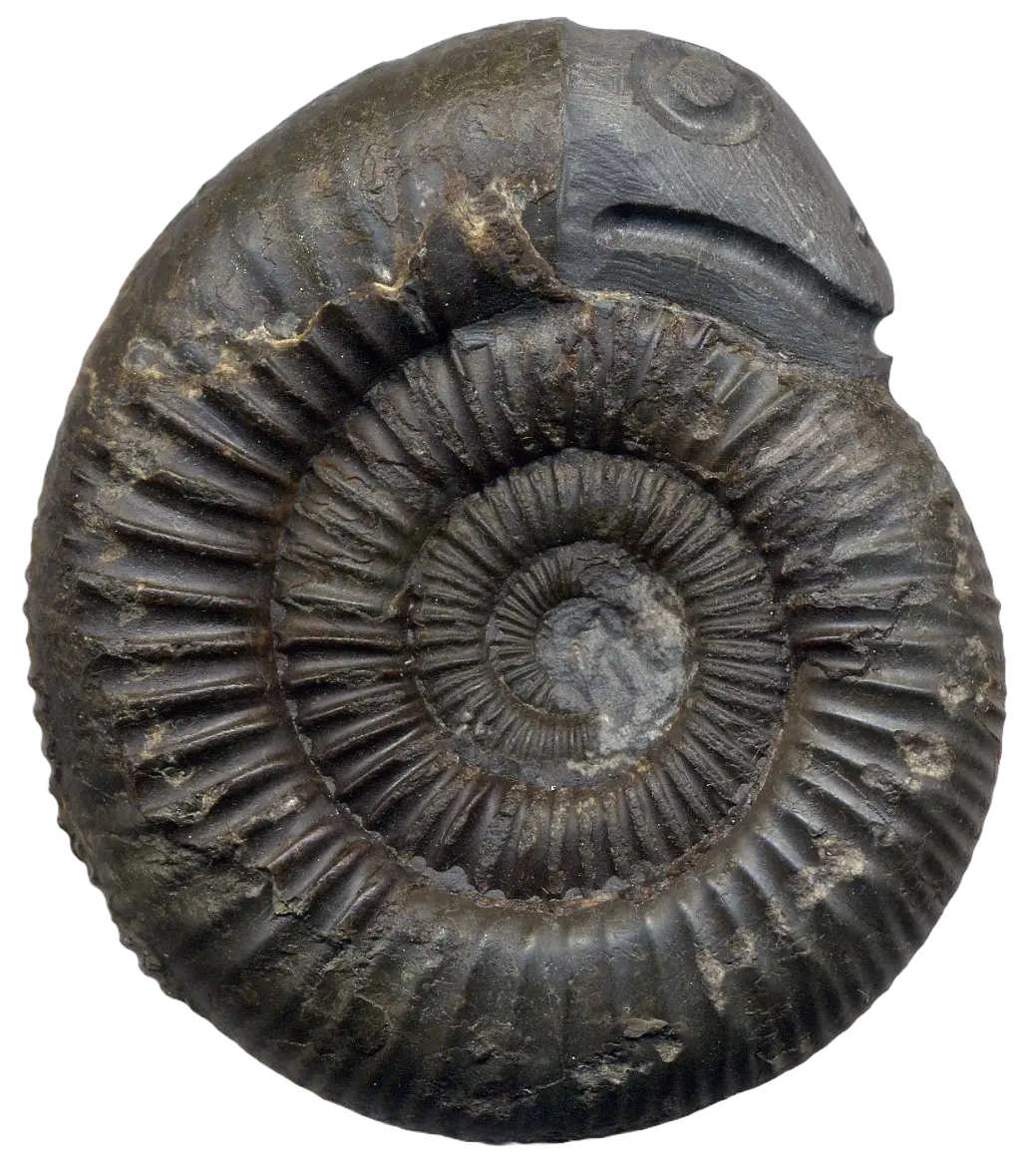- cross-posted to:
- interestingshare@lemmy.zip
- cross-posted to:
- interestingshare@lemmy.zip
The fossils are thought to be from a type of ichthyosaur, a prehistoric marine reptile that lived in the time of dinosaurs. The newly discovered species is believed to have roamed the seas towards the end of the Triassic, about 202m years ago.
The team have named the species Ichthyotitan severnensis, meaning “giant fish lizard of the Severn”.
“This giant probably represents the largest marine reptile formally described,” said Dr Dean Lomax, a palaeontologist at the University of Bristol and co-author of the research, adding that comparisons with fossils from other ichthyosaurs suggested the creature would have been about 25 metres in length – about the size of a blue whale.
“Of course, we have to be careful with such estimates because we are dealing with fragments of giant bones,” he added. “But nonetheless, simple scaling is commonly used to estimate size, especially when comparative material is scarce.”
The team say samples from the fossils suggest the creature was still growing. And there is another twist.
“We believe these ichthyosaurs are the last surviving members of the family called shastasaurida, which went extinct during the global mass extinction event at the end of the Triassic,” said Lomax.
Writing in the journal Plos One, Lomax and colleagues report how the first pieces of the jawbone were discovered by Justin Reynolds and his daughter Ruby – co-authors of the paper – on the beach at Blue Anchor in May 2020, when Ruby was 11.


